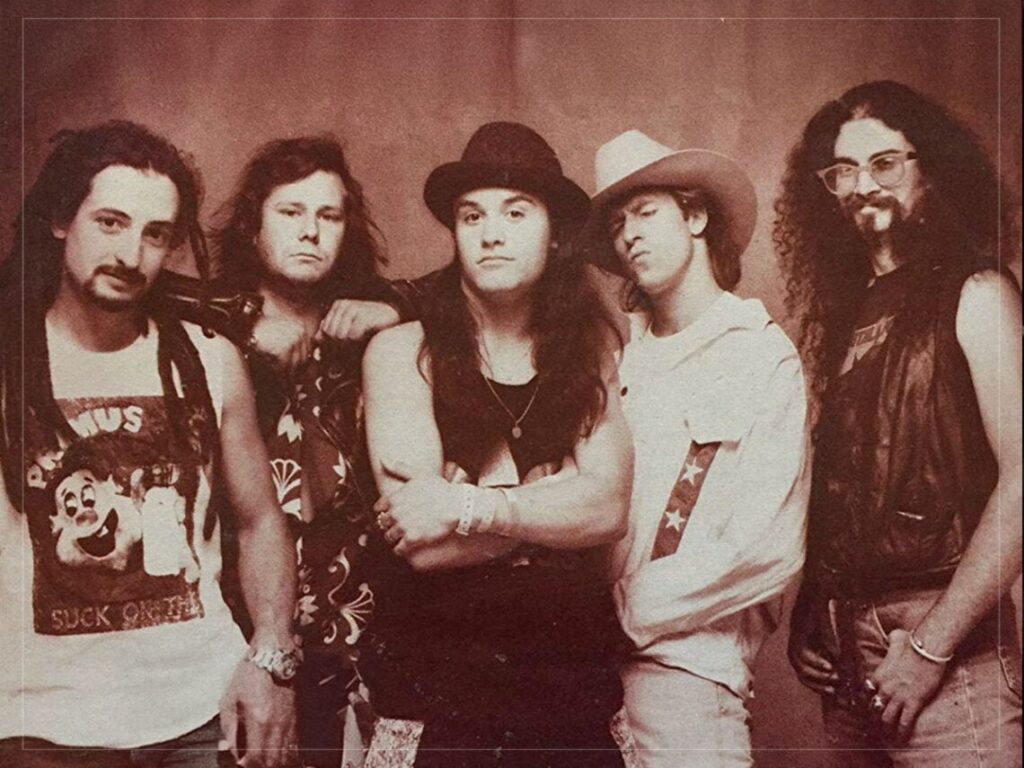The five major differences between the ‘Dune’ book and movies
 Posted On
Posted On
(Credits: Far Out / Warner Bros.)
With Dune: Part Two having finally released following several delays, Denis Villeneuve’s adaptation of Frank Herbert’s novel is already being lauded as a masterclass of sci-fi cinema.
That potential was already apparent in the first half of the story – which found plenty of critical, commercial, and awards season success on its own – but as a result, it heaped even more pressure on the filmmaker to stick the landing. Suffice to say, that’s precisely what he did.
Dune had long been branded ‘unfilmable’, with David Lynch’s previous stab at the material stating a compelling case as to why, but as faithful as Villeneuve was to the book, he wasn’t slavish to a fault.
Instead, the director made several notable changes in bringing both halves of Dune from page to screen, with five major changes deviating significantly from Herbert’s writing, not that it did anything to create a lesser interpretation.
Five differences in the Dune book and films:
5. Mentat training
The poor Mentats didn’t get much of a look-in in either Dune or its sequel, with David Dastmalchian’s Piter De Vries being killed in the opening instalment before Stephen McKinley Henderson’s Thufir Hawat was left on the cutting room floor in Part Two.
In the world of Dune, Mentats are people with heightened cognitive abilities thanks to their use of spice, which turns them into living supercomputers. In the book, Paul Atreides receives secret Mentat training without even noticing, something that came in handy during his journey to embracing destiny.
The unwitting assistance from the Mentats – combined with his Bene Gesserit training – helps Paul along the way immeasurably, but in Villeneuve’s films, the supremely intelligent beings don’t get so much as a single second of screentime in Part Two.
[embedded content]
4. Baron Harkonnen’s death
In general, Stellan Skarsgård’s Baron Harkonnen is a huge deviation from the character depicted on the page, with the actor describing the version as written by Herbert as “useless to me, because he talks a lot”. Instead, the star played him with a more reserved, quiet, and cunning form of malice.
The climactic showdown in Dune: Part Two finds Paul murdering the villain he recently discovered was his grandfather after storming the parlay between House Harkonnen and Christopher Walken’s Emperor, which isn’t how it plays out in the book.
Instead, Paul’s sister, Alia Atreides, is the one who strikes the killing blow. That was omitted for obvious reasons that will be further explained later on, but at no point on the page does Harkonnen’s dead body get dropped in the desert to be devoured by the wildlife of Arrakis, either.
[embedded content]
3. Liet Kynes
No, this doesn’t have anything to do with the character being gender-swapped in the film, even if that was definitely the case, considering Liet Kynes was written as a man but played by Sharon Duncan-Brewster in Dune: Part One.
The role remained largely the same, with Kynes an Imperial ecologist who facilitates a fair transfer of power between the Atreides and Harkonnen houses. In the book, though, Kynes is revealed to be not just the secret head of the Fremen, but Chani’s father.
On-screen, Kynes dies after helping Paul and Lady Jessica escape the Sardaukar troops who try to kill them, but with her dying breath, she lures a sandworm out into the open so it can feast on both her and her enemies. In Herbert’s novel, it’s a lot less exciting after Kynes eventually succumbs to exhaustion and delirium having become stranded in the desert without so much as a drop of water.
[embedded content]
2. Alia Atreides‘ role
Anya Taylor-Joy was a surprise last-minute reveal for the Dune: Part Two cast, and while her screen time is extremely limited, Alia Atreides plays a completely different role in the movie than she does on the page.
In the book, Alia is a two-year-old with the mind of an adult, but Villeneuve opted to do away with the time jump altogether in favour of having Lady Jessica’s daughter communicate with her through the womb.
That’s also why Paul is the one to kill Baron Harkonnen, as mentioned earlier, and it stands to reason that having a two-year-old who behaves like a full-grown person, murders the major antagonist, and creates fear and distrust amongst the Fremen didn’t quite fit into the filmmaker’s vision for Part Two.
[embedded content]
1. Chani’s ending
At the end of Dune: Part Two, Zendaya‘s Chani sets off on her own after being overlooked by Paul as his main squeeze, after he opts to take the hand of Florence Pugh’s Irulan to continue his ascent upon the galactic ladder.
Feeling betrayed, the film ends with Chani summoning a sandworm to get as far away from the political shenanigans as possible, having grown increasingly distrustful of Paul’s motivations. In the novel, Chani simply abides by his wishes and continues to remain a constant presence at his side, serving as his concubine despite his marriage to Irulan.
Although she understands the impending marriage is one of mutual gain and benefit, Villeneuve opts to give Chani more agency and an arc outside of Paul’s purview, creating questions over their potential future – or lack thereof – that could serve as the backbone of the expected Dune Messiah adaptation.
[embedded content]


